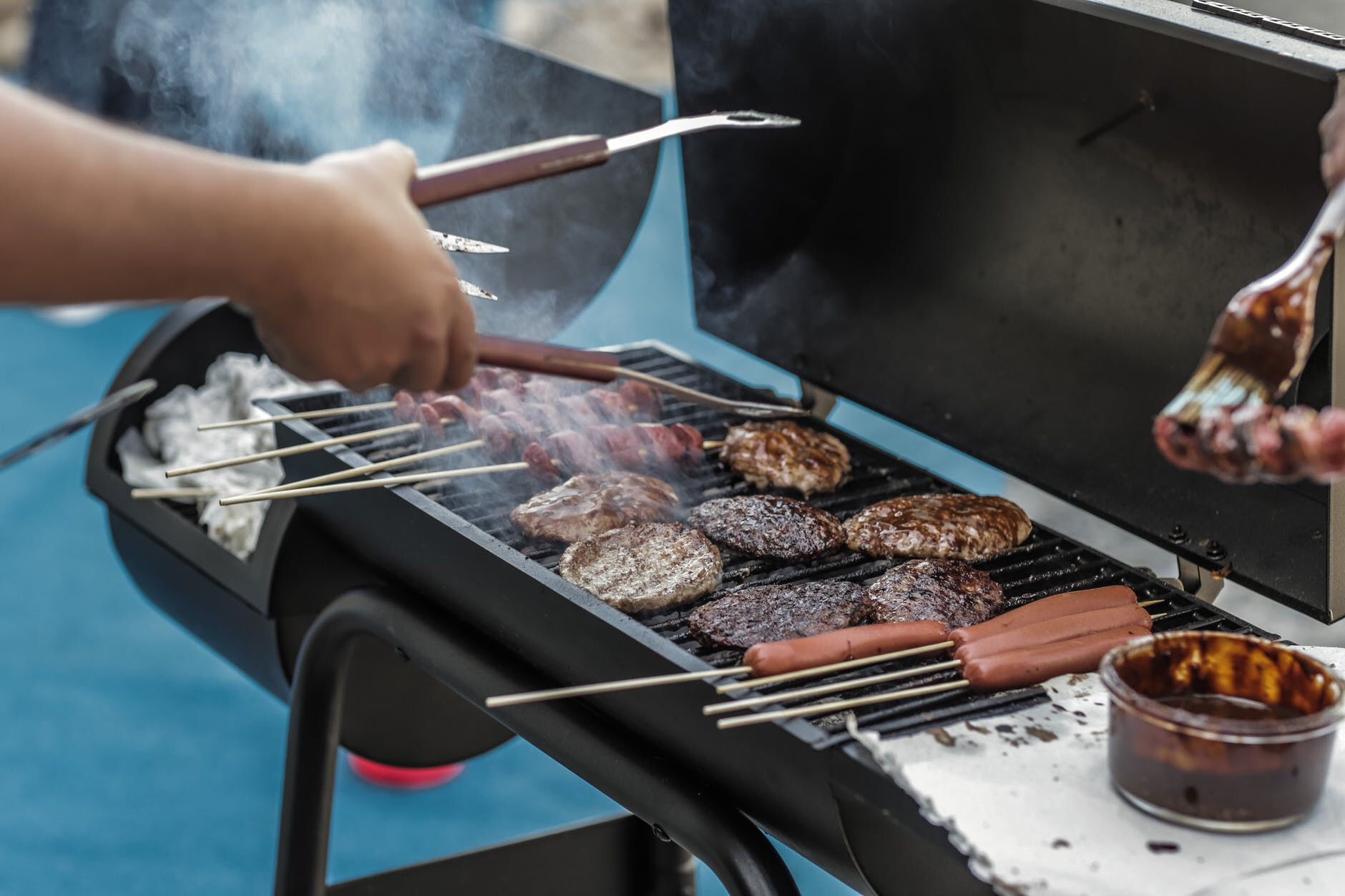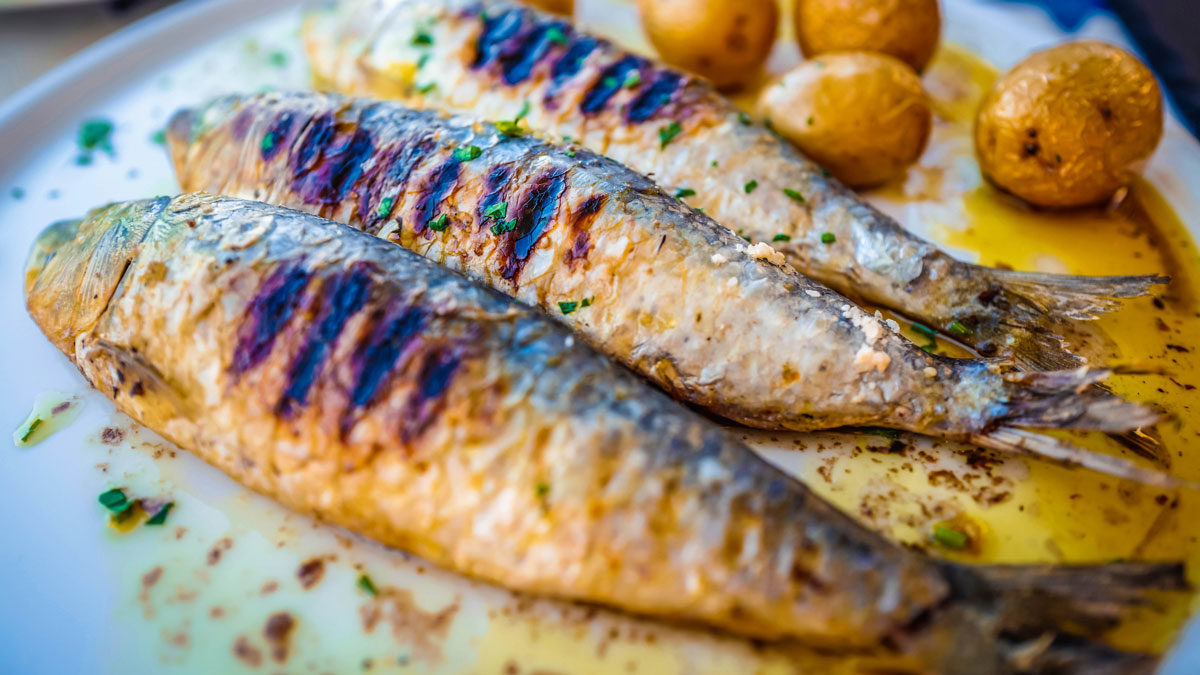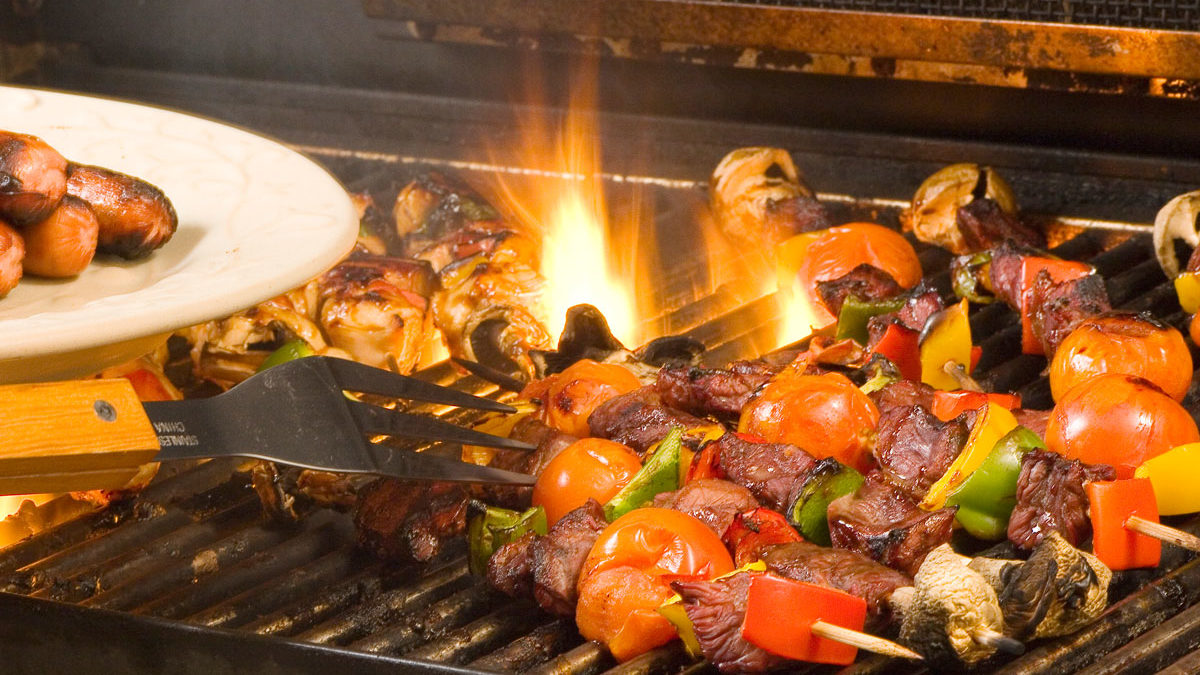Myths about grilling and barbecuing, debunked – Grillmasters and pitmasters work hard to produce mouth-watering fare. Many may develop secret recipes, rubs, sauces, and cooking techniques all in the name of flavorful food.

Certain myths about grilling and barbecuing have prevailed through the years. Such misconceptions may discourage newcomers from picking up their tongs and spatulas. Setting the record straight about common grilling myths can be just what people need to embrace cooking foods over an open flame.
Myth #1: Hosting a barbecue is the same as cooking barbecue.
Fact: Barbecue is the process of cooking foods slowly with low heat, typically in a smoker. Having a barbecue is an informal backyard party where foods cooked over a grill are served.
Myth #2: You can tell the temperature of the grill by placing your hand over the grates.
Fact: Everyone reacts differently to heat, so the best way to gauge temperature is by using a thermometer.
Myth #3: Grilled chicken is done when the juices run clear.
Fact: Even well-done chicken can form juices that are pink-hued. It’s from a protein called myoglobin, according to the book “Meathead: The Science of Great Barbecue and Grilling.” Use a cooking thermometer to learn when poultry is safe to eat, typically at 160 to 165 F.
Myth #4: Marinating is best for grilling and tenderizing.
Fact: It seems that marinades really do not penetrate much beyond the surface of the meat and can keep the outer surface of the food wet, preventing searing and browning. Rubs and salts can be more effective at adding flavor. Serve a dipping sauce for additional flavor if people desire.
Myth #5: Light up the whole grill for best cooking.
Fact: Temperature control is a key component of effective grilling and barbecuing. Having two temperature zones – direct, radiant heat for searing, and an indirect zone for grilling meat evenly and preventing burning – can make food more tasty.
Myth #6: More smoke equals better food.
Fact: When cooking, faint wisps of blue smoke are better because blue smoke is made of tiny invisible particles and gases created by small, hot, fast-burning fires. White smoke generally comes from smoldering wood that is starved for oxygen, states the cooking site Food52. All of that white smoke can affect the flavor of the food.
Myth #7: Oil the grates to prevent food from sticking.
Fact: This may or may not work, depending on the temperature of the grates when the oil is applied. A better method is to oil the food, which will be cold so the oil will keep from burning and cracking..
Compliments of MetroCreative TF197068
About the Author
Discover more from Courageous Christian Father
Subscribe to get the latest posts sent to your email.


